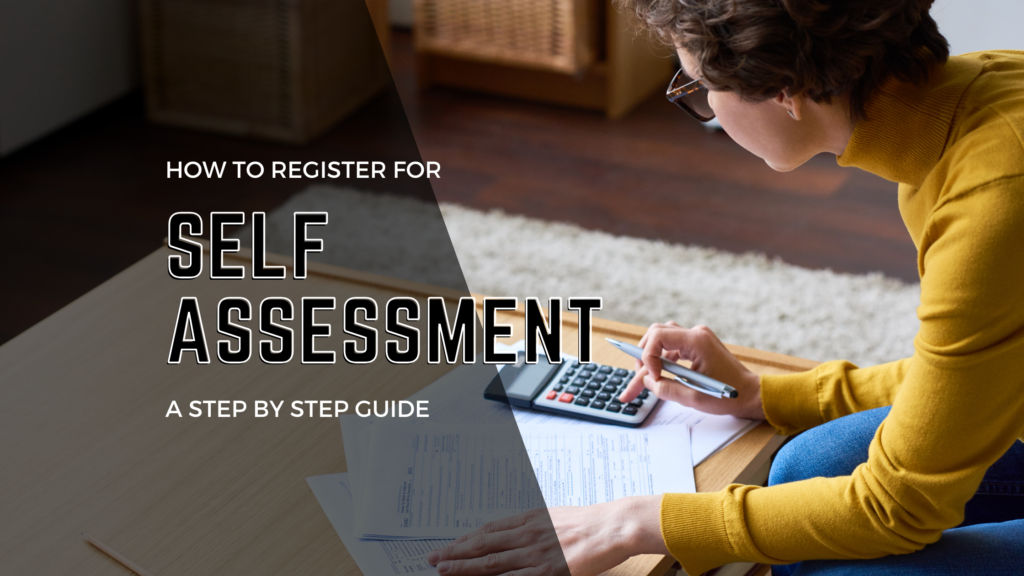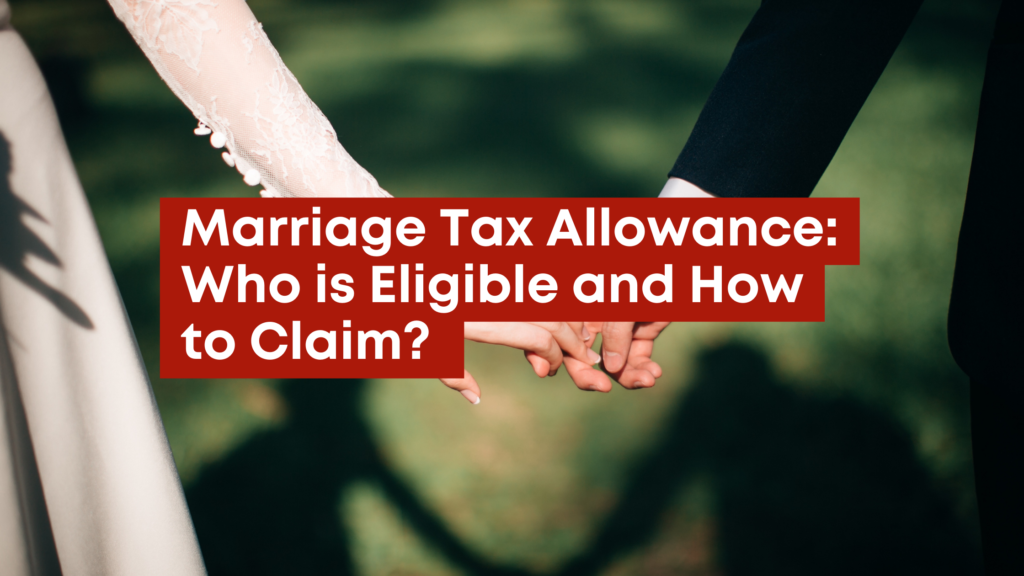Running a successful business means not only serving customers but also managing finances, including fulfilling tax obligations. For self-employed individuals, sole traders, company directors, and anyone earning income outside the traditional PAYE system, understanding how to register as self-employed for Self-Assessment is crucial. Whether you’re navigating the registration process or looking for details on how to register online or by post, this guide will walk you through the steps, help you avoid common mistakes, and explain what to do after registration.
What is Self-Assessment
Self-Assessment is an HMRC system for collecting Income Tax, where individuals report their income and work out their tax liability. It’s used by the self-employed, company directors, or anyone with extra income.
Why You Need to Register for Self-Assessment
Registering for Self-Assessment allows you to report all your income accurately, including earnings from self-employment, rental properties, investments, or other non-PAYE sources. It also gives you the opportunity to claim allowable expenses and deductions that could reduce your tax liability. Below are several reasons why registering is important:
- Legal Obligation: If you earn income outside the traditional PAYE system, it is a legal requirement to report your income to the tax authorities. Failing to register and submit your tax returns can result in penalties and interest on any unpaid tax.
- Accurate Tax Reporting: Registering for self-assessment allows you to report all your income sources accurately, including earnings from business activities, rental properties, investments, and other non-PAYE income.
- Maximize Deductions: Completing a self-assessment lets you claim eligible expenses and deductions that may lower your tax liability, such as business costs, pension contributions, and other expenses related to your income.
- Financial Planning: Understanding your tax obligations can help you with better financial planning. Knowing how much tax you need to pay and when can help you manage your cash flow more effectively.
- Avoid Penalties: Timely registration and filing of your self-assessment are crucial to avoid late filing penalties and interest charges. Meeting all deadlines is essential to prevent additional costs.
- Credibility and Compliance: Being compliant with tax laws enhances your credibility. This is particularly important if you plan to apply for loans or investment opportunities, as financial institutions often look at your tax compliance history.
Step-by-Step Guide to Registering for Self-Assessment
Registering for Self-Assessment is required for anyone who earns income outside the traditional PAYE system, such as the self-employed, company directors, and those with additional untaxed income. Follow these steps to ensure you complete the process correctly and efficiently.
Register for Self-Assessment as a Self-Employed Person
1. Set up a Government Gateway Account: Visit the HMRC website and make a Government Gateway user ID and password. If you already have a business tax account, sign in with your existing credentials.
2. Answer Preliminary Questions: Specify that you want to register for Self-Assessment by answering a few initial questions.
3. Fill in the Online Registration Form: Provide details about yourself and your business:
- Your name (and any previous name)
- National Insurance number
- Date of birth
- Home address
- Telephone number and email address
- The reason you need to register
- Business name
- Business address (if different from your home address)
- The date you started self-employment
4. Watch HMRC’s Guidance Video:
HMRC provides a helpful video tutorial on registering for Self-Assessment.
5. Receive Your UTR and Activation Code:
- Within 1-2 weeks, you’ll receive your Unique Taxpayer Reference (UTR) and an activation code by post.
- Use these credentials to sign in and activate your Self-Assessment service within 28 days.
Once you’ve registered for Self-Assessment, you’ll need to focus on paying your taxes and meeting all relevant deadlines.
Don’t Delay Submit your Self Assessment Before The Deadline
Submit your tax return by 31 January to avoid late filing penalty. Swiftacc offers expert Self Assessment tax return services, starting at just £99.
Book an AppointmentWhatsApp UsRegister for Self-Assessment as a Company Director and Shareholder
1. Create a Government Gateway Account: Follow the same steps as above to create or sign in to your Government Gateway account.
2.Visit the Online Self Assessment Registration Form: Go to online.hmrc.gov.uk/shortforms/form/SA1 and sign in to your tax account.
3. Fill in the Registration Form: Provide the following information:
- Your full name (and any previous name)
- National Insurance number
- Date of birth
- Your personal UTR (if you already have one)
- Residential address and the date you moved there
- Telephone number and email address
- The reason for registering (e.g., ‘I am a company director’)
- Date you received untaxed income
4.Watch HMRC’s Guidance Video: If you are still having trouble filling out the application, HMRC offers a video tutorial specifically for directors and shareholders.
5. Receive Your UTR and Activation Code: As with self-employed individuals, you’ll receive your UTR and activation code by post within 1-2 weeks. Use these to activate your online account within 28 days.
Registering for Self-Assessment by Post
If you’re unable to register online or fall into specific categories such as receiving income from UK land and property, taxable foreign income, or having Capital Gains Tax, you may need to register by post. Complete the SA1 form online, print it, sign it, and post it to:
- HM Revenue and Custom
- NIC&EO
- BX9 1AN
Most Common Mistakes to Avoid for Self-Assessment
Filing a Self-Assessment tax return can be straightforward, but many people encounter common pitfalls that can result in late filing penalties. Understanding the common reasons for late filing penalties and how to avoid them can help you stay on track.
Here are the mistakes to avoid to ensure a smooth process and prevent unnecessary penalties.
- Missing Deadlines: Make sure you register before 5 October following the end of the tax year for which you’re reporting.
- Incorrect Information: Double-check all personal and business details before submitting the form.
- Not Activating Online Account: Activate your account within 28 days of receiving your activation code.
- Ignoring Notifications: Keep an eye on communications from HMRC to avoid missing important updates.
What to Do After Registration for Self-Assessment
After successfully registering for Self-Assessment, follow these steps to stay compliant and manage your tax responsibilities effectively.
- Keep Records: Maintain detailed records of all income and expenses for accurate reporting
- File Your Tax Return: Submit your Self-Assessment tax return by the deadlines—31 October for paper returns and 31 January for online returns.
- Pay Your Taxes: Ensure timely payment of any taxes due to avoid penalties and interest charges.
- Consider Professional Help if Needed: Don’t forget to consider hiring an accountant, especially if your accounts are complex.
After submitting your tax return, it’s important to confirm that HMRC has processed it to avoid any potential issues. Read our detailed guide on how to check your tax return status.
Registering for Self-Assessment is a vital step for anyone earning untaxed income. Use this guide to complete the process smoothly, stay compliant with HMRC, and keep your focus on growing your business.
Frequently Asked Questions
Do I need an accountant to file my self-assessment tax return?
No, you can file your return yourself using HMRC’s online service. However, if your accounts are complex, consulting an accountant is advisable.
What is the self-assessment registration deadline?
You must register by 5 October after the end of the relevant tax year. For the 2024/25 tax year, the deadline is 5 October 2025.
What taxes will I pay through self-assessment?
You will pay income tax on earnings above the Personal Allowance and may also need to pay National Insurance contributions.
Can I register for self-assessment by post?
Yes, if you receive income from UK land, property, or other specific circumstances, you may need to register by post using form SA1.
Can I register for Self-Assessment online?
Yes, most people can register online. If you can’t, you can register by post.
What happens if I miss the registration deadline?
Missing the deadline can result in penalties and interest charges. Register as soon as possible to avoid these.
What information does HMRC need for the Self-Assessment?
HMRC needs to know your total income, any employment benefits, foreign income, pension income, and earnings from property. Detailed records of your income and expenses should be maintained for accurate reporting.
How Do I Apply for a UTR Number Online?
To apply for a UTR number online, follow these steps:
- Go to HMRC’s website and register for Self-Assessment.
- Fill in your details (like your name, address, and National Insurance number).
- Submit your registration, and HMRC will provide your UTR by post within approximately 10 working days (or up to 21 days if you are outside the UK).
The UTR is issued automatically once you complete your Self-Assessment registration.





